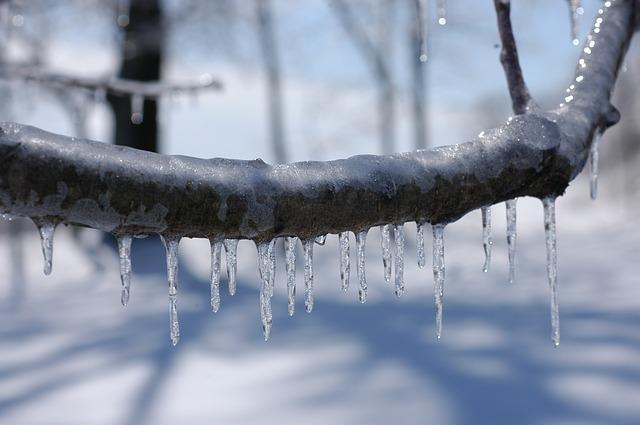The 1998 ice storm effectively made trees the worst enemy for Hydro workers and land owners. According to Jean Havard, executive director of Boisés-Est, the issue was that most of the trees and forested areas were simply not ready to take on such a natural disaster. He acknowledges that trees would have fallen anyways, but by having a well-kept forest, the domino effect of weak trees falling and killing healthy trees could conceivably have been less significant.
The ice storm catapulted Boisés-Est as a major player in the management of forests in Prescott-Russell. There was a need in 1997 to help woodland owners to take care of their forests, but at the time Boisés-Est was not incorporated; it was more of an idea than an organization. Then, in 1998, the ice storm changed that. Overnight, the organization was incorporated and received funds from the government to help clear and organize woodlands across Prescott & Russell.
Personally, Havard remembers the effect of the ice storm on his red pine plantation and the fact that he had to chainsaw his way out of his 500-meter driveway.
“Our mandate at the time was to help organize the clearing of broken branches and damaged trees. Many owners were so exasperated by the scale of the damages that they were thinking of clear-cutting, taking out many perfectly good trees,” says Havard.
After the ice storm, Boisés-Est continued to give various workshops on how to maintain a forested area. A well maintained forest is likely to be less damaged by weather events. According to Havard, people tend to spend a lot of energy removing dead trees from the ground.
“We want to teach people that their time would be better spent clearing branches that are about to fall or cutting weak or sick trees that could become a hazard for buildings, trails or other healthy trees. In order to keep a forested area healthy, we should leave dead trees on the ground because they help give life to the soil.”
After the ice storm, once the government funds ran out, the participation in Boisés-Est activities lessened, but lately they have seen a renewal in participation and interest from the population.
“I suspect that the clear-cutting of lands is what makes people interested in forests again. The government can decide that private property or tree cover is less important than the construction of a highway. But Boisés-Est can only educate the population on the necessity of healthy forests for the environment; we have no lobbying power whatsoever,” says Havard, adding: “We all praise Larose Forest as a jewel of Prescott & Russell counties, but we tend to forget that excessive clear-cutting was what caused the Bourget desert in the first place.”
The point Havard makes is that the forest is there to be used, in a responsible manner. “Although trees were the bane of residents during the ice storm, they were very helpful for residents who had the option to heat their house with their wood burning stove.”
Since 2013, Boisés-Est has had two main mandates. Their first is to help members to better manage their forests and inform them on how they can profit, responsibly, from their land. Their second is to inform the public on the dangers of clear-cutting and on the ways that forests contribute to the well-being of our communities. For Havard, there is no better park than a forest. But Boisés-Est is not just for people who own woodlands, it’s also for any land owner looking for the perfect tree.
“Every year organizations give trees to people, and a few years later people realize they shouldn’t have planted this type of tree near the house, or the septic tank. We don’t just serve people who own forested areas; we also need people to know that if you own any sized land, we can help you make the right choices when it comes to planting trees. Trees are an investment: when some people are looking to buy houses, they also look at the trees on the property. Also, if a tree needs to be cut for safety or aesthetic reasons, our organization can help monetize the tree so as to extract all the possibilities,” says Havard.
By keeping a forested area maintained, owners can reduce the impact of the next natural disaster and protect their investment. Boisée-Est wants the population to know that forests are not only necessary for our livelihood but are also a natural resource that can be exploited in ways other than clear-cutting.
“At our workshops, we have people who come to teach how to use the wood to create beautiful pieces of art, or about all the edibles that can be found growing in a forest. I hate when I hear politicians or developers say, ‘this lot is empty’, when there are 10,000 trees on it. The lot is not empty, there’s a forest and a forest is chock full of life. The issue with trees is that they don’t vote – and don’t pay taxes.”


